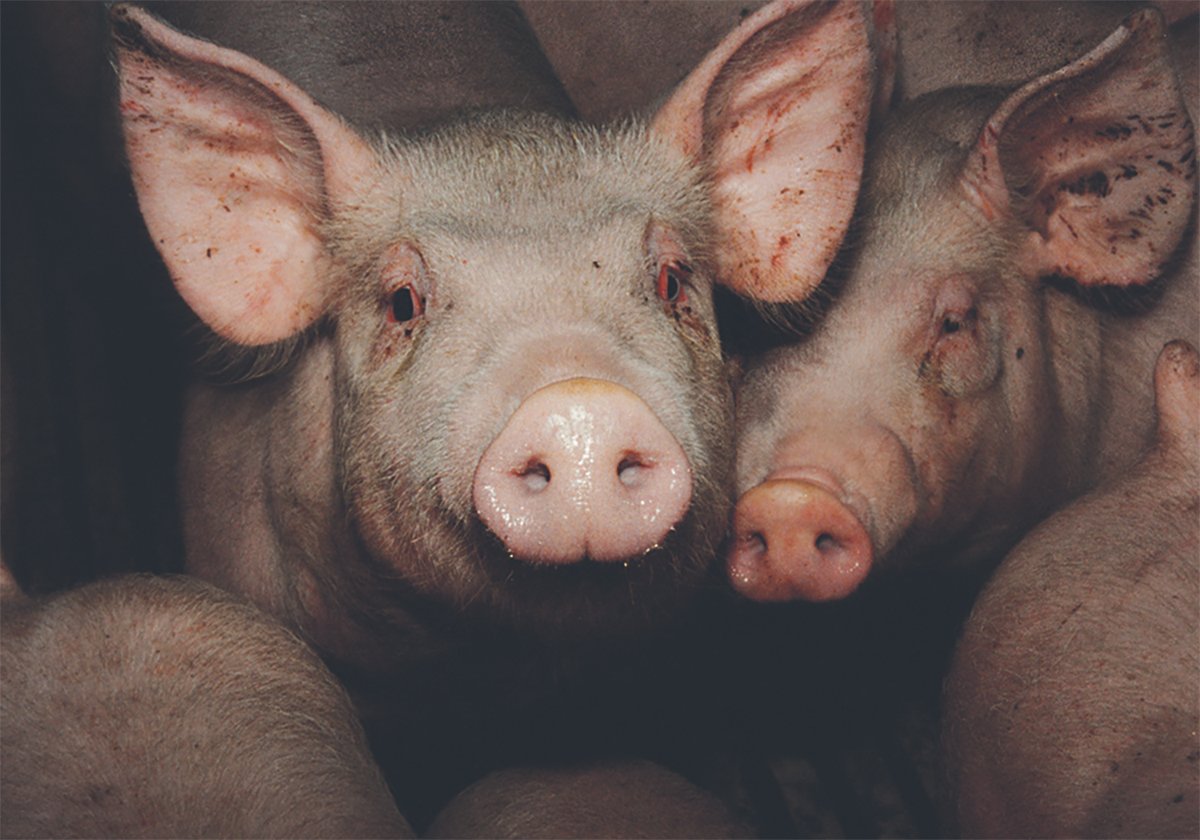Cattle producers can save themselves significant time, labour and money through proper planning and consultations with veterinarians before undertaking major processing.
Some of the following points might fit easily to current management practices, while others may become obvious once processing starts and can be installed then. For others, it might make sense to make notes to include them into next year’s plans.
Consider these points when fall pregnancy checking, which I am surprised that 40 percent of producers still do not do.
This year, one farm I visited decided to use a veterinarian for pregnancy checks and to help with other things. The veterinarian suggested that because this herd had always been vaccinated with a modified live vaccine for infectious bovine rhinotracheitis (IBR) and bovine viral diarrhea (BVD) just before breeding, the animals would have very good immunity.
Read Also

The Western Producer Livestock Report – October 30, 2025
Western Producer Livestock Report for October 30, 2025. See U.S. & Canadian hog prices, Canadian bison & lamb market data and sales insights.
With the cows well into their third trimester of pregnancy, that vaccine, which has fetal protection, could be added during pregnancy checking stage, saving producers from having to run the cows through before breeding, when it is difficult to separate calves.
This decision must be made only with the advice of a herd veterinarian because they must be satisfied with the previous protection from BVD and IBR. The suggestion would also save the costs of vaccinating open cows and they could be shipped directly.
Resistance to Avermectins (pour-on endectocides) was found on this herd so deworming with a different oral product and a hook feeder, fenbendazole, was also given. Deworming and lice treatments should also be discussed with your veterinarian.
Producers should always be sure to have a supply of Canadian Cattle Identification Agency tags ready for cull cows so they can be tagged right then if necessary. Record the dangle tag, and if possible, sort culls then as well.
Producers should have the quick ability to sort at least two ways out of the chute. It doesn’t take much to install portable panels to make this happen.
I never like the statement “we can do that later” because often later never happens or a person is too busy with other things.
Producers who have had trouble reading tags because of hair or dirt covering the number should have a cleaning solution and a good pair of scissors on hand.
None of these changes slowed the procedure and brought added benefits of labour savings and fewer mistakes later at calving.
A few cows were missing tags and because they were purebreds, the tattoos were read and tags were added. Producers in hurry could sort these and retag them at the end of the day.
Producers calving on large ranges will likely find a set of pocket-size binoculars useful in reading tag numbers.
On this processing day, we had an unexpected twist. A few cows appeared overly thin, so during the pregnancy checks the veterinarian also condition scored them. The decision was made to remove heifers and cows that scored only a two rating. This allowed the producer to increase the condition score of these thinner animals before calving and minimized competition in the main herd — a win-win situation. This could be accomplished by sorting out of the chute.
A few other fringe benefits were also seen. A few sets of twins were identified, which the producer could keep an extra watch on during calving. They ended up in the thin group, which is not surprising because they are internally feeding two fetuses.
After examining the lists later, it became apparent that a high percentage of the first-time calvers were placed into the thin group, which is not surprising. But the older cows were an eye-opener. More than half of the cows older than 10 made it into the thin group.
This showed that both the younger and older cows had a hard time competing. The sorting was done early enough from the start of calving to improve the conditioning of the cows that needed it. Good quality colostrum will be produced and the cows now on a rising plane of nutrition should develop good protection to the vaccines.
Many chute-side computer programs are based on the individual RFID tag number. This can be used to quickly input data that will provide the producer with past information to help with culling.
This pregnancy checking example can reduce additional processing steps by doing as much as possible with one pass through the chute.














